Asus Zenfone 10 vs Zenfone 9: Someone forgot to change the blueprints
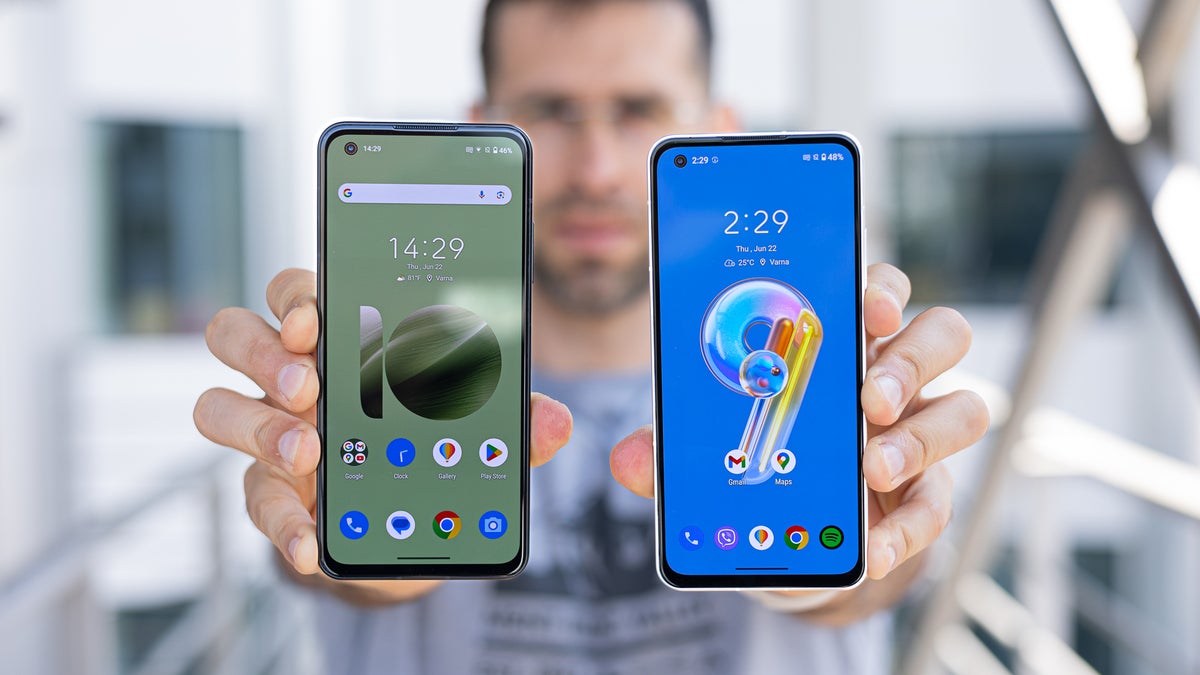
Intro
The Zenfone 10 is officially out, sending ripples of joy throughout fans of compact smartphones around the world. Asus did great with the last couple of Zenfone generations, keeping the compact flagship phone idea alive, but there's a pressing matter that needs to be addressed.
The Zenfone 10 and the Zenfone 9 both share so many similarities that, for some people, Asus' latest flagship could very well be called the Zenfone 9S or Zenfone 9.5. In this article, we'll compare those two phones in detail, not only discerning which one is the better device, but also giving you some context and helping you choose the best one for your specific needs.
Zenfone 10 vs Zenfone 9 in a nutshell:
Table of Contents:
If you put the Zenfone 10 and Zenfone 9 side by side, you'll be hard pressed to tell which is which. The design is almost identical between the two, as are the exact dimensions and materials. Both phones sport the same 5.9-inch flat AMOLED screen with a hole-punch in the upper left corner; both have a black aluminum frame; and both use the same spongy and rubbery slightly protruded back.
The button placement is the same on both phones; the two big camera rings on the back are the same size; the only difference is that on the Zenfone 9, those rings have silver accents on the outside radius. Both phones sport an IP68 rating and Gorilla Glass Victus on the front.
Display Measurements:
The screen panel used in both the Zenfone 10 and Zenfone 9 is probably the same, judging by the results in brightness, color accuracy, and color temperature. The Zenfone 10 can overdrive its display to 144 Hz during gaming, but that's the only difference between the two phones, when it comes to display stats and performance.
The above is not a con; the Samsung-made and Pixelworks-tuned panels Asus has been using for its Zenfones are top-notch. The only thing we would like to see is a tad more peak brightness and, of course, LTPO and a variable refresh rate. That being said, if you're trying to decide between the Zenfone 10 and Zenfone 9, the display should not be a factor in that decision.
Zenfone 10 vs Zenfone 9 in a nutshell:
- 120 Hz on the Zenfone 9 vs 144 Hz on the Zenfone 10 (only in games)
- Wireless charging on the Zenfone 10
- New 32MP selfie camera on the Zenfone 10 vs 8MP on the older model
- Snapdragon 8 Gen 2 vs Snapdragon 8+ Gen 1 on the older model
- Faster RAM and storage on the Zenfone 10
Table of Contents:
Design and Display Quality
If you put the Zenfone 10 and Zenfone 9 side by side, you'll be hard pressed to tell which is which. The design is almost identical between the two, as are the exact dimensions and materials. Both phones sport the same 5.9-inch flat AMOLED screen with a hole-punch in the upper left corner; both have a black aluminum frame; and both use the same spongy and rubbery slightly protruded back.
The button placement is the same on both phones; the two big camera rings on the back are the same size; the only difference is that on the Zenfone 9, those rings have silver accents on the outside radius. Both phones sport an IP68 rating and Gorilla Glass Victus on the front.
The screen panel used in both the Zenfone 10 and Zenfone 9 is probably the same, judging by the results in brightness, color accuracy, and color temperature. The Zenfone 10 can overdrive its display to 144 Hz during gaming, but that's the only difference between the two phones, when it comes to display stats and performance.
The above is not a con; the Samsung-made and Pixelworks-tuned panels Asus has been using for its Zenfones are top-notch. The only thing we would like to see is a tad more peak brightness and, of course, LTPO and a variable refresh rate. That being said, if you're trying to decide between the Zenfone 10 and Zenfone 9, the display should not be a factor in that decision.
The side-mounted fingerprint scanner that doubles as a smart key, deserves a few words here. It's the same tech and implementation on both phones, and it's still one of the fastest and most accurate fingerprint scanners on a phone we've tested to date.
Performance and Software
Asus has been keen on delivering the best performance in a small form factor since the Zenfone 8, and this hasn't changed one iota. The Zenfone 10 comes with the latest Qualcomm silicon, the Snapdragon 8 Gen 2, and that was also the case with its predecessor. The Zenfone 9 sports the Snapdragon 8+ Gen 1, which was the best available at the time.
In practice, you won't notice any real life differences between the two. Both are extremely fast and snappy, and you can even turn off (or shorten) animation speed to make the UI feel even faster. One thing that does make a difference is energy efficiency and thermal management. The Snapdragon 8 Gen 2 is better in this regard, making the Zenfone 10 also better at keeping the heat down during intense tasks, and lasting longer in general.
Both phones are currently running Android 13 with ZenUI on top, and both will receive Android 14 this fall. Asus offers 2 years of major software updates on its flagship phones, which is a bit unfortunate but it is what it is. This also means that the Zenfone 9 will remain stuck with Android 14, while the successor will get one more year.
The ZenUI is a great layer on top of the Android OS. It's not invasive, there's no bloatware, and you can manually choose whether you want the "clean" Android experience, or some useful tools from the Zen treatment. There are a couple of new features debuting on the Zenfone 10, such as the semantic search inside the gallery, and the added functionality to the smart button—you can now scroll inside websites—and one other thing, the Zenfone 10 supports dark screen shutter; if you quickly press the volume key twice, you'll get a 3-frame burst shot from the camera. Very useful for catching that fleeting moment.
Camera

There's no way around this, the main camera remains virtually the same on the new Zenfone 10. It uses the same Sony IMX766 50MP sensor and has an aperture of f/1.9. The Ulrawide camera has a wider field of view, compared to the predecessor (122 degrees vs 113), and there's still no telephoto onboard.
The biggest upgrade is the selfie camera, which is now 32MP and uses a new white pixel technology. Last year's model sported an 8MP selfie camera, so we expect the biggest difference there.
Main Camera - Day
One would expect these two to snap identical photos with the main camera, given they come with the same hardware, but, surprisingly, this is not the case. Asus obviously tweaked the post-processing algorithms, and the new Zenfone 10 now produces photos with more saturated colors, and also tends to overexpose them on bright days.

Zenfone 10

Zenfone 9

Zenfone 10

Zenfone 9

Zenfone 10

Zenfone 9
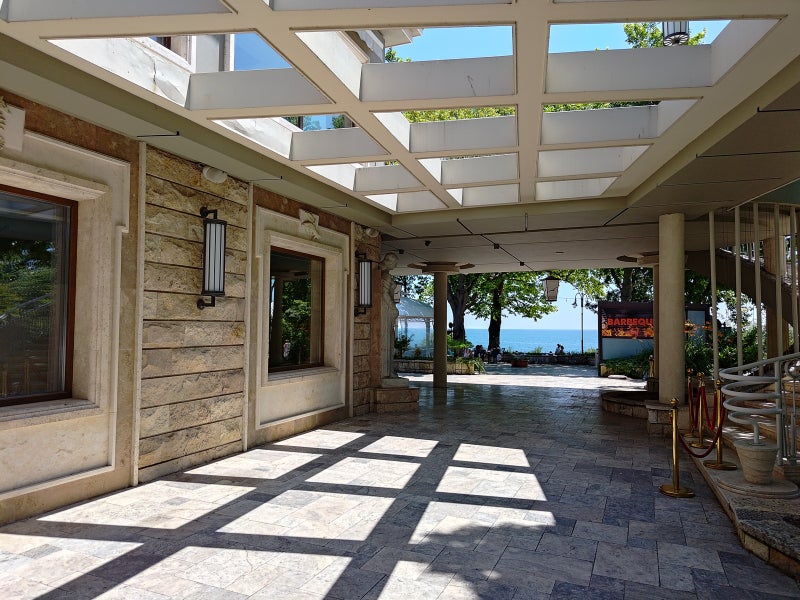
Zenfone 10
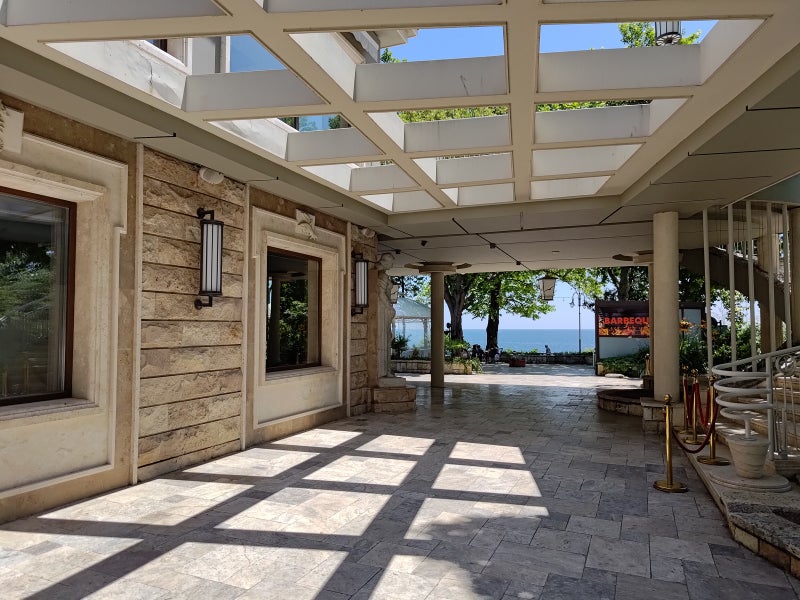
Zenfone 9

Zenfone 10

Zenfone 9

Zenfone 10

Zenfone 9

Zenfone 10

Zenfone 9

Zenfone 10
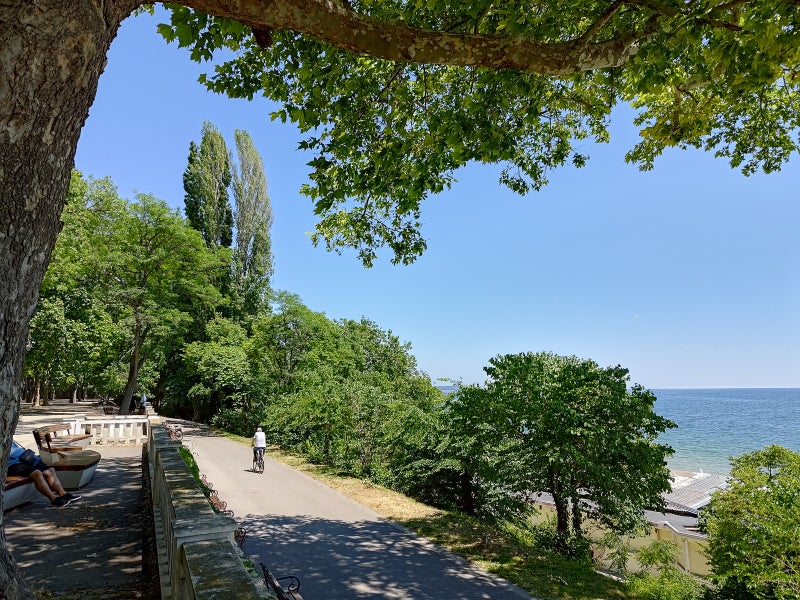
Zenfone 9
The Zenfone 9, on the other hand, shoots in more natural colors, keeping the exposure quite balanced. The details are equally good, and the dynamic range is decent too, but due to the Zenfone 10's tendency to overexpose, photos on the previous model look slightly better.
Another interesting comparison that yields surprising results! The low-light shots look brighter on the Zenfone 10, but there's a strange yellow tint to them, and the focus is not perfect. The Zenfone 9 samples are a bit darker, but they look more natural and detailed. The Zenfone 9 also seems to deal better with bright lights and glare artifacts.
We guess people could play around with settings, but out of the box, the Zenfone 9 produces more realistic shots, again with better colors, detail, and focus.
Zoom Quality
There's no dedicated telephoto camera on either of these phones, and they rely on digital zoom, cropping, and clever (or not so clever) algorithms to make up for the loss of detail. 2X zoom shots look oversharpened on the Zenfone 10, while the Zenfone 9 manages a slightly better job at preserving the natural look of the image.
8X samples are a blurry mess on both phones, and are more or less unusable for any purposes outside of pure testing.
Portrait Mode
Using portrait mode on the new Zenfone 10 produces much more pleasing results, especially with the 2X mode. The colors look more natural, and there are more details, compared to what the Zenfone 9 could manage. The bokeh effect is also more convincing on the newer model, gradually blurring the background.
Ultra-wide Camera
The ultrawide camera on the Zenfone 10 has a wider field of view, compared to the previous generation. This fact comes with some advantages and some drawbacks. First, you can capture more "stuff" thanks to the wider FOV, and colors are also more vibrant compared to the Zenfone 9.
On the other hand, there are focusing issues and halo artifacts toward the edges of the images, probably due to algorithms failing to compensate for optical distortion. It's a fair tradeoff, though, and not a gamechanger.
Selfies
Selfies are great on the new Zenfone 10, especially compared to the ones taken with the Zenfone 9. This proves that hardware upgrades beat algorithms (most of the time). The Zenfone 10 comes with a newly developed 32MP selfie camera with white pixel technology, meant to improve detail, low-light sensitivity and exposure.
And it works wonders! Pleasing colors, improved detail, compared to the previous model, and the added support for both a wide view for groups and a close-up mode for selfies make the Zenfone 10 a clear winner in this particular battle.
Video Quality
The Zenfone 9 was great for video work! My ex girlfriend bought one and used it to shoot samples for clients, and she was impressed by the gimbal stabilization and the overall quality (no need to bring a dolly or bigger gimbals to potential remote set locations). The Zenfone 10 takes this a notch further, but both phones can shoot great videos, with lots of detail and great stabilization once again.

There are some transitions from darker to brighter arieas that could've been smoother, as well as crushed shadows from time to time, but overall the video quality is great on both phones.
Audio Quality and Haptics
Great news! The 3.5mm headphone jack lives to see another day! Both the Zenfone 9 and the Zenfone 10 sport the little port, and some clever magic to enhance your audio experience. Both phones feature a stereo setup with loud and clear drivers; both use bass frequency enhancements to make the tiny chassis sound much bigger; and both have undergone Dirac treatment (the sound studio from Paris) to offer you a great audio experience.
Battery Life and Charging
Asus managed to cram a 4,300 mAh battery cell inside the Zenfone 9, and used that as an excuse for the lack of wireless charging (the coils take space, and so on). Guess what? The Zenfone 10 sports the same battery capacity AND comes with wireless charging capabilities!
This is one of the biggest differences between the two models; if you absolutely need wireless charging, the Zenfone 10 is the way to go. Other than that, it's mostly the same deal - one full day of battery life if you like to fiddle with your phone, and up to two days if you're careful or not a TikTok addict. Jokes aside, the battery life of both phones is impressive. You can check out some test results below.
Another pleasant surprise is the plentiful retail box both phones come in. The 30W HyperCharge brick and the protective back cover feel like the horn of Cornucopia nowadays, when some phones (looking at your Sony) don't even come with a cable.
Charging times are very similar, not surprisingly, and you'll get 50% in about half an hour, and a full charge in around 80 minutes.
Summary and Final Verdict
Asus has succumbed to the "Don't fix it if it's not broken" formula. That's perfectly understandable, given the success of the Zenfone 9, but also a little sad. The Zenfone 10 looks almost exactly the same as its predecessor, and the only substantial difference is the added wireless charging support.
Now, if you're in the market for a compact Android phone, and pondering your first Zenfone, then it's a no-brainer. Both phones practically cost the same, so go for the newer and slightly better one - the Zenfone 10.
Follow us on Google News














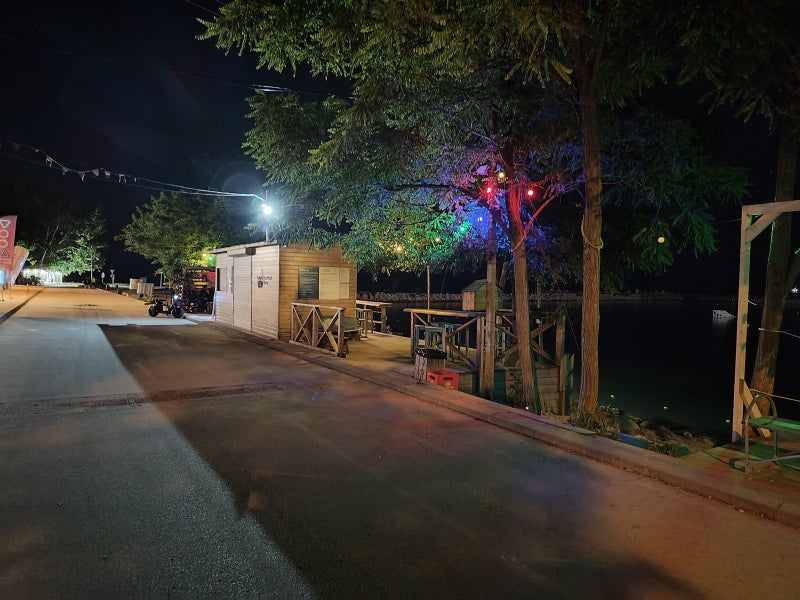












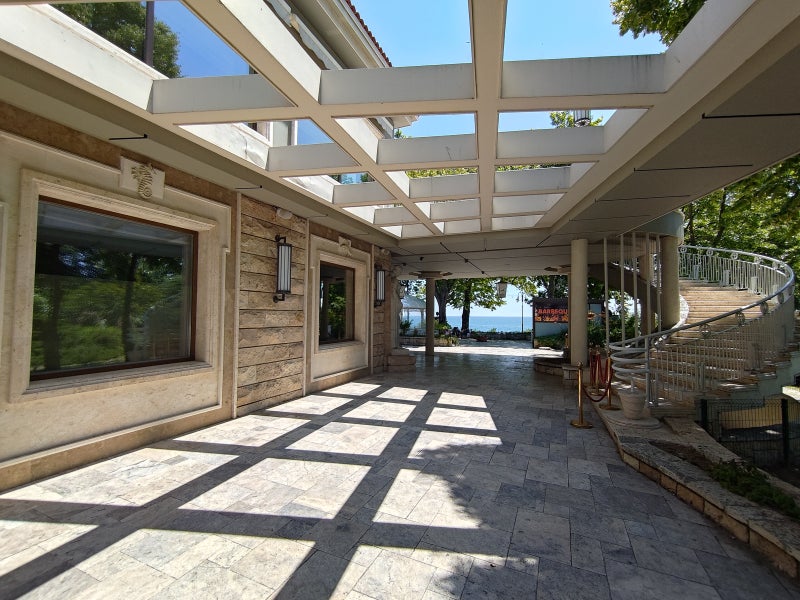
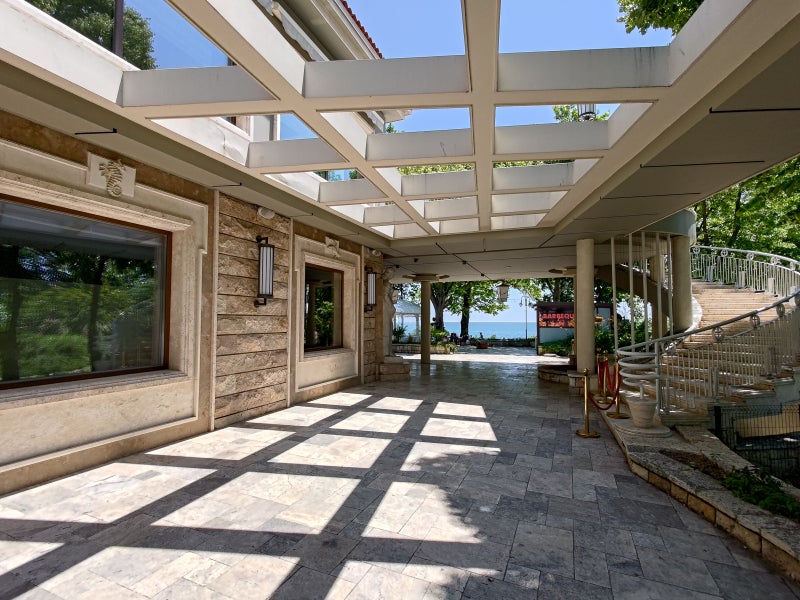
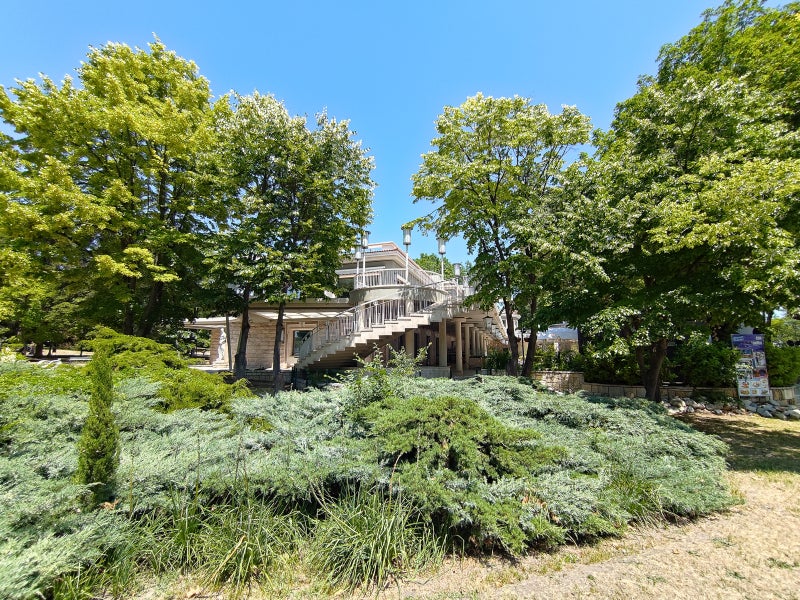




















Things that are NOT allowed:
To help keep our community safe and free from spam, we apply temporary limits to newly created accounts: